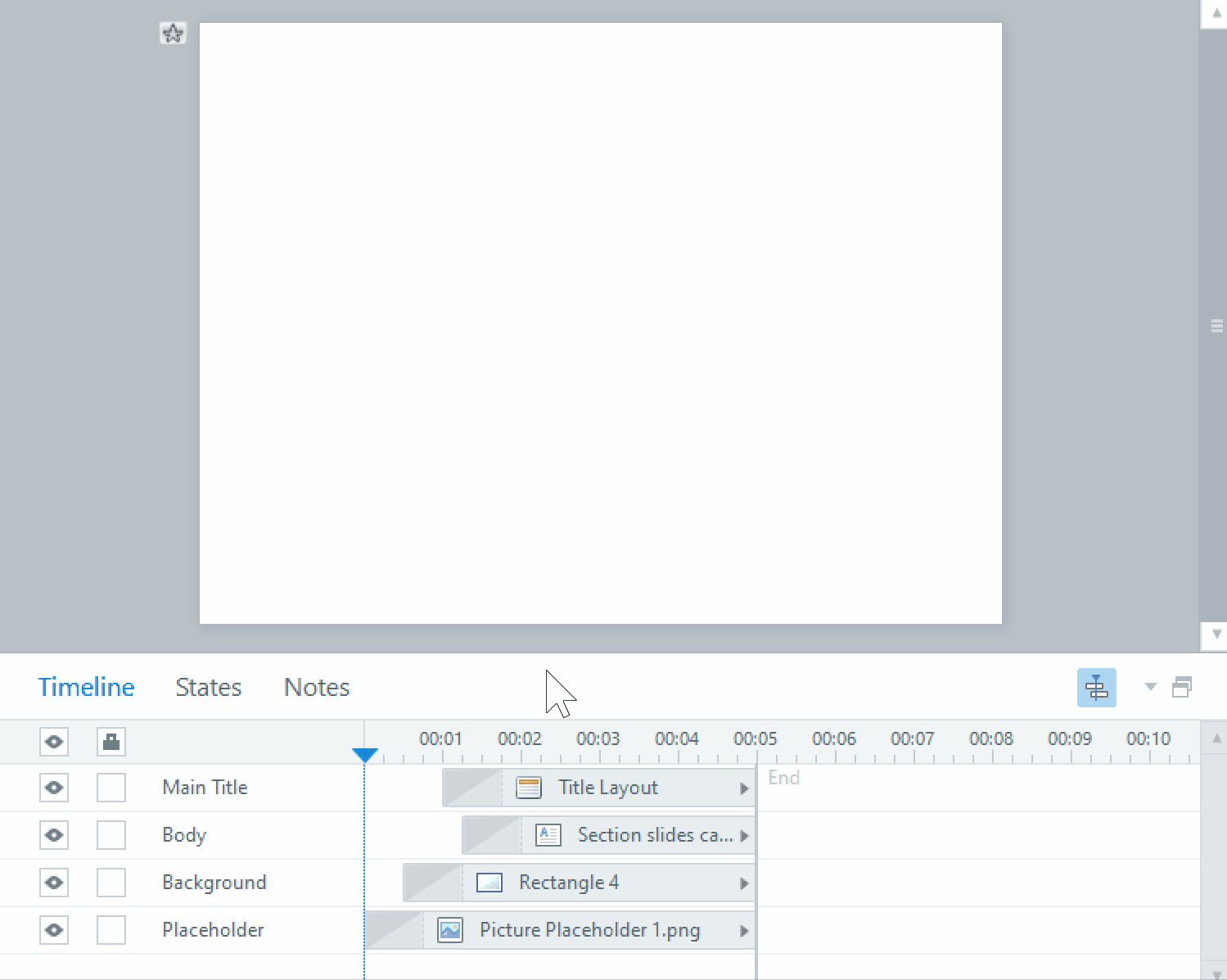Creating Training Videos for Use in eLearning or Corporate Training - Stages of video production for
In the past few days, we have been working on an exciting project for one of our clients that involves creating eLearning that has video hosts. This requires filming acting talent in studio before animation can be added and a SCORM wrapper to the final eLearning course. and the In order to create thist type of eLearning module there are several phases, from video production, to creating tests in eLearning format for tracking results. It all involves a great effort to achieve a high quality in the final product. However, in my experience with this kind of project, the heavy load of all the work rests upon the production of the training videos.
Like any other video production, we can define 3 different stages with specific tasks and we will cover these stages in the next few blog posts.
Pre-production
This stage is where all the planning happens. The main task is to write the scripts for the video production. In our case, it was a bit easier than normal, given that the scripts were going to be read from a teleprompter by the talent, so we didn’t need to indicate any directions in regard to acting, scenery or camera angles (it was a very straight forward shot, given the type of content, the hosts would only stand in front of the camera).
Normally, you would have to produce a script for the actors, that contains all the spoken parts in which they are involved. Also, storyboards may be produced, depicting camera angles and movements, and even duration of scenes and probably transitions.
There is also another integral part of this stage, that revolves around the location where the video is going to be recorded. To give you an example, for this project we needed a plain background where we could play adding different elements and, why not, even doing a chroma key, but more than that, we needed a controlled environment where very few external factors could interfere with our productions. We could have easily film the video (since it was a simple enough video) in our client’s offices or even our office, however, there are elements we cannot control, like for example, external noise, changes in natural lighting. It is always important to keep these things in mind when selecting a location.
That’s why we decided to use a film studio. It has its advantages, for example:
Isolated from external noise: I wouldn’t say it is 100% isolated from the nose coming from outside, however, it’s very close, and the noise picked up by our microphones was very minimal. Of course, the studio has a heating system and fans to distribute the hot air evenly throughout the studio, but you can certainly shut those off an leave your environment with a very reduced amount of noise.
Cyclorama: As per the definition in https://www.procyc.com/content/what-cyc a cyclorama is “any type of walled background incorporating one or more curved surfaces that are used to create a background with no perceptible beginning or end.” So, with this, we can have a more even background for our shots.

Image taken from https://www.piestudios.ca
Lighting equipment: Thankfully with this studio (and probably any other film studio out there), we had the chance to rent it with lighting including, that means you can make use of the lights available in the studio for your production. Needless to say, this is a huge advantage as you can have a controlled lighting over your shot, without having interference from natural lighting, and you can also save your self the time and effort from bringing equipment like this from other parts.
Now, you need your equipment for the video production, like cameras, microphones, teleprompter, etc. Depending on the type of shot and how complex it is, you may want to rent different kinds of equipment. For this production in particular, we needed a good camera, a teleprompter, a good enough tripod that would hold the camera and teleprompter without issues, and microphones. It is important to know how to choose the camera you are using, ideally, you would have one in which you can plugin your headphones and listen to the audio coming in from the mics (if you are recording audio and if you are not using an independent audio mixer). Also, depending on the microphone you are using, you may need an adapter for an XLR connection or not.
As for the actor, we were lucky enough that the client did the auditions and selected them and practiced the scripts prior to the production date. Even though they where reading the scripts from the teleprompter, practicing them is important, so that they are familiar with the content, and can also practice their body language to better convey the message. This will also ensure that the flow of things during the production is very smooth.
In the next post of this series, we will explore the next stage in developing effective training videos for eLearning: Production.
















